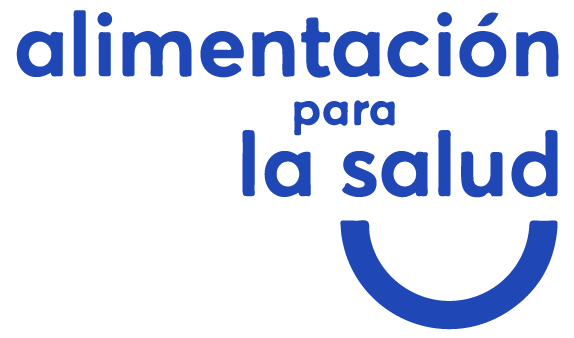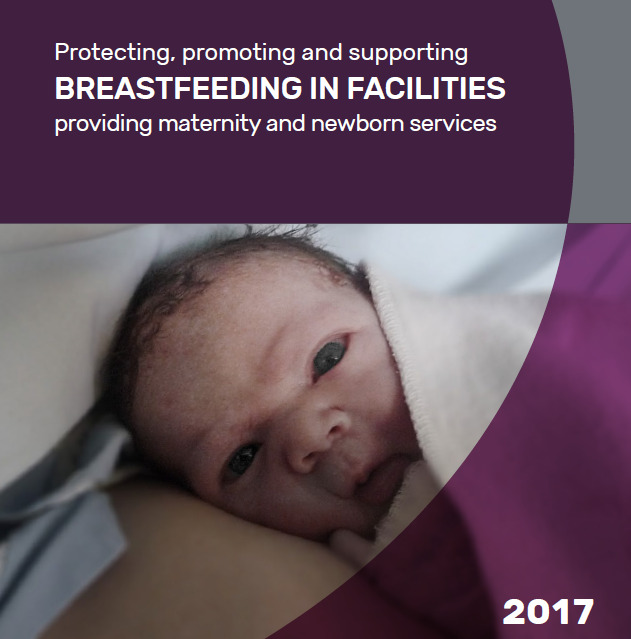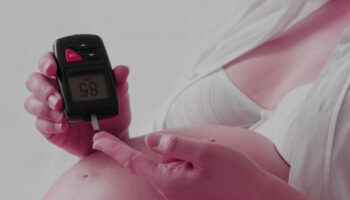World Health Organization
Breastfeeding is the cornerstone of child survival, nutrition and development and maternal health. The World Health Organization (WHO) recommends exclusive breastfeeding for the first 6 months of life, followed by continued breastfeeding with appropriate complementary foods for up to 2 years or beyond. In 2012, the World Health Assembly
Resolution 65.6 endorsed a Comprehensive implementation plan on maternal, infant and young child nutrition,specifying six global nutrition targets for 2025, one of which is to increase the rate of exclusive breastfeeding in the first 6 months up to at least 50%.
In order to support women and optimize the chances of breastfeeding in line with WHO’s recommendations, WHO and the United Nations Children’s Fund (UNICEF) published a joint statement in 1989 on Protecting, promoting and supporting breastfeeding: the special role of maternity services, which listed Ten Steps to Successful Breastfeeding.
The Ten Steps were re-emphasized in the Innocenti Declaration on the protection, promotion and support of breastfeeding, adopted in Florence, Italy in 1990, and the Innocenti Declaration 2005 on infant and young child feeding, published in 2005. They became part of the Baby-friendly Hospital Initiative, published in 1991, and the updated version in 2009.
The Baby-friendly Hospital Initiative provides guidance on the implementation, training, monitoring, assessment and re-assessment of the Ten Steps to Successful Breastfeeding and the International Code of Marketing of Breastmilk Substitutes, a set of recommendations to regulate the marketing of breast-milk substitutes, feeding bottles and teats adopted by the 34th World Health Assembly (WHA) in 1981, and its subsequent related WHA resolutions.
The Baby-friendly Hospital Initiative has since been shown to positively impact breastfeeding outcomes as a whole, and with a dose–response relationship between the number of interventions the mother is exposed to and the likelihood of improved breastfeeding outcomes.
This guideline examines each of the practices in the Ten Steps to Successful Breastfeeding, in order to bring together evidence and considerations to inform practice. The scope of the guideline is limited to specific practices that could be implemented in facilities providing maternity and newborn services to protect, promote and support breastfeeding.
This guideline does not aim to be a comprehensive guide on all potential interventions that can protect, promote and support breastfeeding. For instance, it will not discuss breastfeeding support beyond the stay at the facility providing maternity and newborn services, such as community-based practices, peer support or support for breastfeeding in the workplace. Neither will it review the articles and provisions of the International Code of Marketing of Breast-milk Substitutes and its subsequent related WHA resolutions.
This guideline complements interventions presented in the Essential newborn care course, Kangaroo mother care: a practical guide, Pregnancy, childbirth, postpartum and newborn care: a guide for essential practice and the Standards for improving quality of maternal and newborn care in health facilities and does not supersede or replace them.
An implementation guide that will encompass the recommendations included in this guideline, the International Code of Marketing of Breast-milk Substitutes and the Baby-friendly Hospital Initiative has been developed by WHO and UNICEF and will be published separately in Protecting, promoting and supporting breastfeeding in facilities providing maternity and newborn services: the revised Baby-friendly Hospital Initiative 2017.







